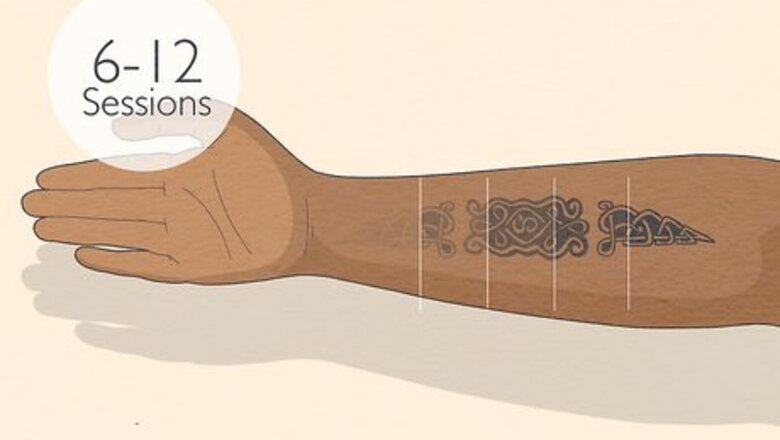
views
- On average, it takes 6 to 12 laser removal sessions to get rid of a tattoo.
- The exact number of sessions depends on a number of factors, including the size and color of the tattoo, its placement on your body, and your skin tone.
- A typical session lasts 10 to 30 minutes, depending on the size of the tattoo. They’re usually scheduled 6 to 8 weeks apart to allow your skin to heal in between.
Average Number of Sessions for Tattoo Removal

It takes 6 to 12 sessions to get rid of a tattoo with laser removal. The exact number of sessions depends on a number of factors, including things like the size and color of the tattoo and its placement on your body. Some tattoos may go away after only 2 or 3 sessions, while others may take more than 12. Your removal technician will make an estimate of how many sessions you need during your initial consultation. Sometimes, their estimate can change after 2 or 3 sessions depending on how the tattoo removal progresses.
Factors that Influence the Number of Removal Sessions
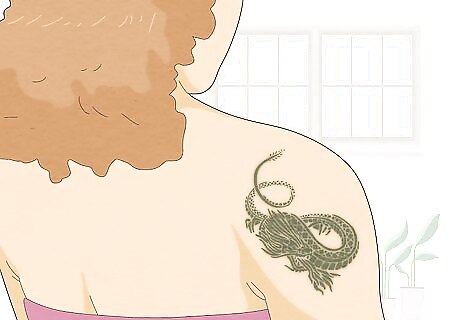
The age of the tattoo Older tattoos are easier to remove than newer ones. Old tattoos are often faded and less sharp than new ones because your immune system has been slowly removing ink particles over the years. The ink molecules may have also broken down from age and sun exposure. This makes it easier for lasers to break down the ink and fade the tattoo. New tattoos with most or all of the original ink intact take more treatments to remove. If the tattoo is very recent, you may not be eligible for laser removal until every layer of skin has fully healed.
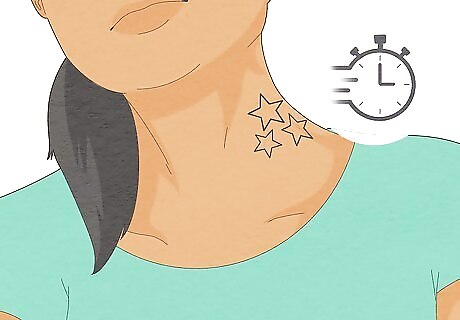
The tattoo’s placement on your body Tattoos on fattier areas near your heart are easier to laser away than those on bony extremities, like your lower limbs, hands, or feet. This is because your white blood cells pick up shattered ink particles from the laser and filter them out of your body through your lymphatic and vascular systems. This happens faster in areas like your head, neck, and upper torso because your lymphatic and vascular systems are stronger there than in other parts of the body.
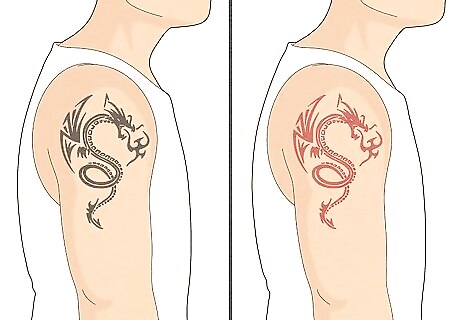
The ink color and type Black and dark gray inks are the easiest to remove because they absorb the most light from the lasers (pure black ink can perfectly absorb a white laser wavelength (1064 nm), making it the most efficient to remove). Lighter colors like red, orange, yellow, and pink are the next easiest to remove with a 532 nm laser and take about the same number of sessions as black ink. Blue, green, and purple require a 694 nm or 755 nm laser and respond more slowly, resulting in more sessions. White and flesh tones are also tricky and may be impossible to 100% remove. Ink made with simple compounds breaks down more easily than ink with additives for brightness or shine. The darker and less vivid the ink, the fewer sessions you’ll need. Tip: When you’re choosing a laser removal studio, make sure they have a range of lasers available to treat all of the colors of your tattoo.

The size of the tattoo The bigger the tattoo, the longer it will take to remove. Small tattoos fade more quickly than something like a sleeve or massive back piece because there’s less ink to break down. In some cases, a tiny tattoo (just a few square inches) may take fewer than 6 sessions. An extra large tattoo might not be fully zapped in one session, meaning you’ll need two appointments just to give it one treatment. However, you can schedule these appointments fairly close together compared to the recommended 6-8 weeks between regular treatments.
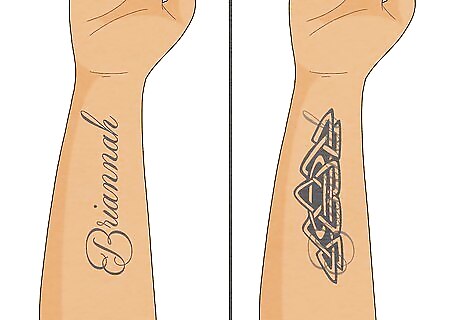
Past touchups If you’ve had your tattoo touched up or covered with a new design, that means there’s more ink in your skin for the lasers to break up, which takes more laser sessions to remove. The shading and design of your tattoo can play a role, too. If some parts of your tat have more layers of ink than others, it’ll fade unevenly (with the darker sections needing more treatments to fully get rid of).

The quality of the tattoo artist Tattoos from professional artists are often harder to remove than those from amateurs (or designs you tattooed on yourself with stick-and-poke kits, for example). Professionals often use more ink and apply it at a consistently deep level in your skin, and may have access to more ink colors that are harder to laser away. Amateurs, on the other hand, typically use less ink and deposit it at varying depths. This means it usually takes fewer treatments to remove them.
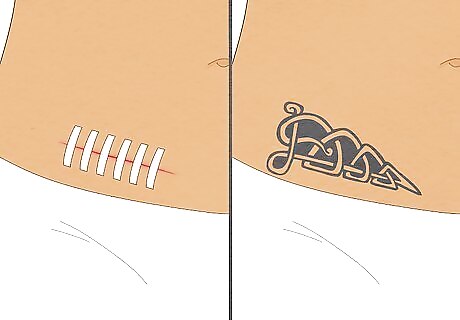
Scarring If there’s any scar tissue within your tattoo, those areas will be harder to laser away and will take more sessions to remove. Scarring might be caused by an amateur tattoo artist using poor technique, too many touchups or coverups, or an injury to the skin.
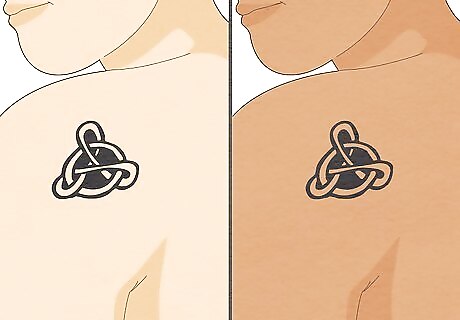
Your skin tone It takes more sessions to remove tattoos from darker skin than from lighter skin. Since light skin has less melanin, it will reflect most of the laser instead of absorbing it. This means the technician can be more aggressive with the laser since there’s a lower risk of skin discoloration. Folks with dark skin need a less aggressive laser to avoid side effects, so it takes more sessions overall. The laser is also more effective when there’s high contrast between your skin and the tattoo ink. It seems counterintuitive, but very pale people with dark tattoos are actually the easiest to treat. If you have a medium skin tone, you may experience temporary hyperpigmentation (darkening of the skin) after removal. This is typically reversible if you follow your aftercare instructions. Folks with dark skin may experience temporary hypopigmentation (lightening of the skin). Hypopigmentation takes longer to heal than hyperpigmentation, but will eventually go away with proper aftercare.
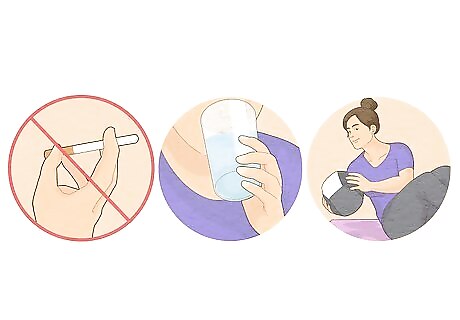
The strength of your immune system The healthier you are, the faster your tattoo will fade. Folks with compromised immune systems (from medical conditions, certain medications like oral steroids, or treatments like chemotherapy) filter out the broken down ink less efficiently, meaning it takes more sessions to remove a tattoo. People who smoke or have a sedentary lifestyle also usually require more sessions for full removal. Tip: Give your immune system a boost before and during your removal treatment by quitting smoking, staying hydrated, and exercising regularly. This will help make your sessions more efficient and fade the tattoo faster.

Aftercare compliance If you take care of your tattoo carefully according to your removal technician’s instructions, you’ll likely need fewer sessions to get rid of it. Aftercare helps your skin heal from the lasers and preps you for your next session. The guidelines may vary slightly based on your specific tattoo, skin, and the type of laser used, but you can generally expect the following: Avoid sun exposure when possible and apply sunscreen every 2 hours if you have to be outdoors with the tattoo uncovered (use SPF 30+ with zinc oxide for the best results). Be careful not to bang or scrape the area on anything, and resist the urge to scratch, pick, rub, or peel the site. Clean the area daily by taking a shower and allowing the water to wash over the tattoo (no scrubbing). Apply a healing moisturizer like Aquaphor (or whatever your technician recommends) 2-3 times a day. Keep the tattoo covered in loose gauze after applying your moisturizer for about a week. Don’t swim or use a hot tub until your skin heals, and hold off an exercise that makes you perspire for at least 2-7 days.
How long is a laser session?
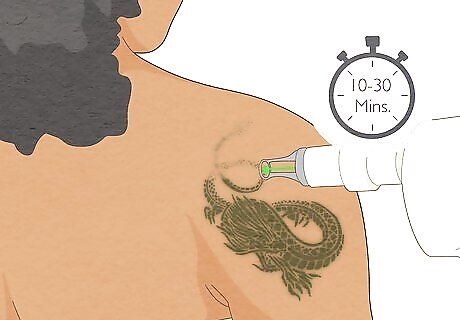
A typical laser removal session takes 10 to 30 minutes. The exact length depends on the size of your tattoo. Very small tattoos could take 5 minutes or less, while large designs might take up to an hour (or even multiple sessions to zap the entire thing). Most of the time, you can expect to be in and out of the studio in under 30 minutes.
How far apart are sessions spaced?
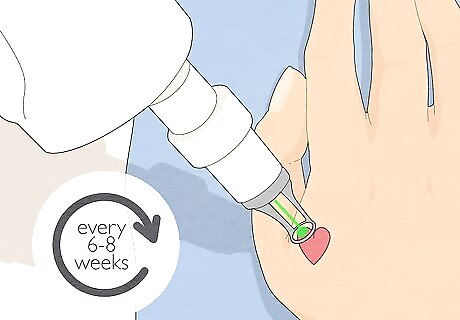
Laser sessions are typically scheduled 6 to 8 weeks apart. This gives your immune system time to flush out the ink particles and allows your skin to fully heal before the next treatment. If you have dark skin, sessions are usually at least 8 weeks apart (or even up to 3 months apart just to be safe and avoid skin damage or discoloration).
Does laser removal hurt?

Laser removal patients experience varying levels of pain or discomfort. Some say the pain is equivalent to getting a tattoo, while others say it feels like a hot rubber band being rapidly snapped against your skin. Your skin may feel sore or sensitive after a session. Tip: Tell the technician if you’re anxious about pain. Often, they can give you a topical anesthetic or injection to numb the skin around your tattoo before you begin.
Preparing for a Removal Session

Drink 1 liter (about 4 cups) of water and eat a meal before appointments. In case of a long session, staying hydrated and nourished will make you more comfortable. Plus, your body will respond better and faster to the treatment if you’re energized (as opposed to hungry and thirsty).
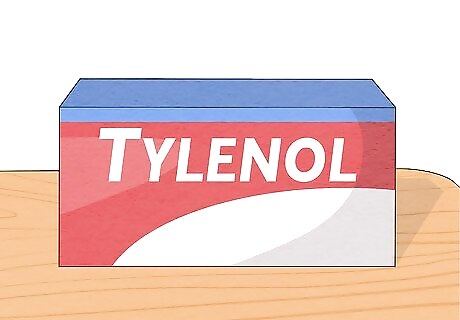
Take acetaminophen (Tylenol) beforehand to manage pain, if needed. If you’re worried about pain, take a Tylenol before your appointment according to the dosage instructions on the bottle. Avoid taking non-steroidal anti-inflammatory drugs (NSAIDs) like ibuprofen, aspirin, or naproxen. These can have a slight effect on how your blood clots, potentially making you more likely to bleed after your appointment and making the laser treatment less efficient.

Avoid sun exposure for 2 to 4 weeks before your session. This includes sunlight as well as tanning beds and sunless tanning products. Too much sun exposure decreases the effectiveness of the laser treatment and increases the chance of complications afterward. Don’t forget to apply sunscreen over your tattoo between sessions, too!

Make sure your tattoo is shaved and free of lotion or makeup. If there are any cosmetics in or on your skin (including sunscreen), the laser won’t work as effectively and you may need more sessions (and potentially risk skin damage). Shave the tattoo within 24 hours before your appointment, too. If you forget, the technician will likely have a razor and shaving cream on hand so you can remove surface hair before getting zapped. Avoid waxing the tattoo area or using chemical depilatories for 2 weeks before and after each session.
How Tattoo Laser Removal Works
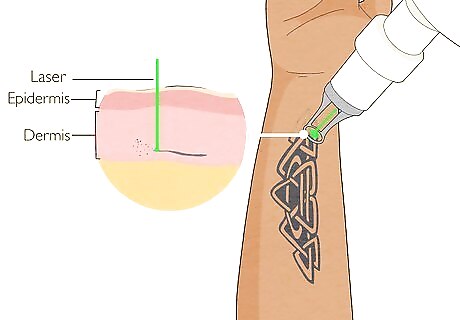
Lasers are directed at the tattoo to break down the ink in your skin. These focused beams of light zip through your upper layer of skin (epidermis) to heat up the ink deposited in your dermis (the middle layer of skin). When heated, the ink molecules break down into smaller particles which are easier for your immune system to flush out of your body.















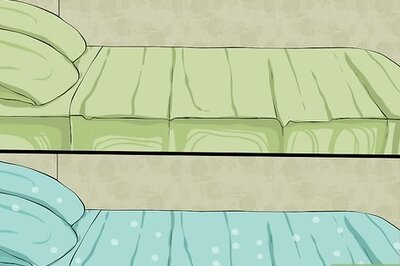


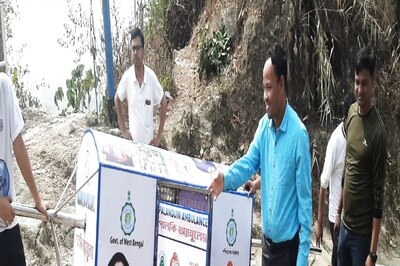

Comments
0 comment